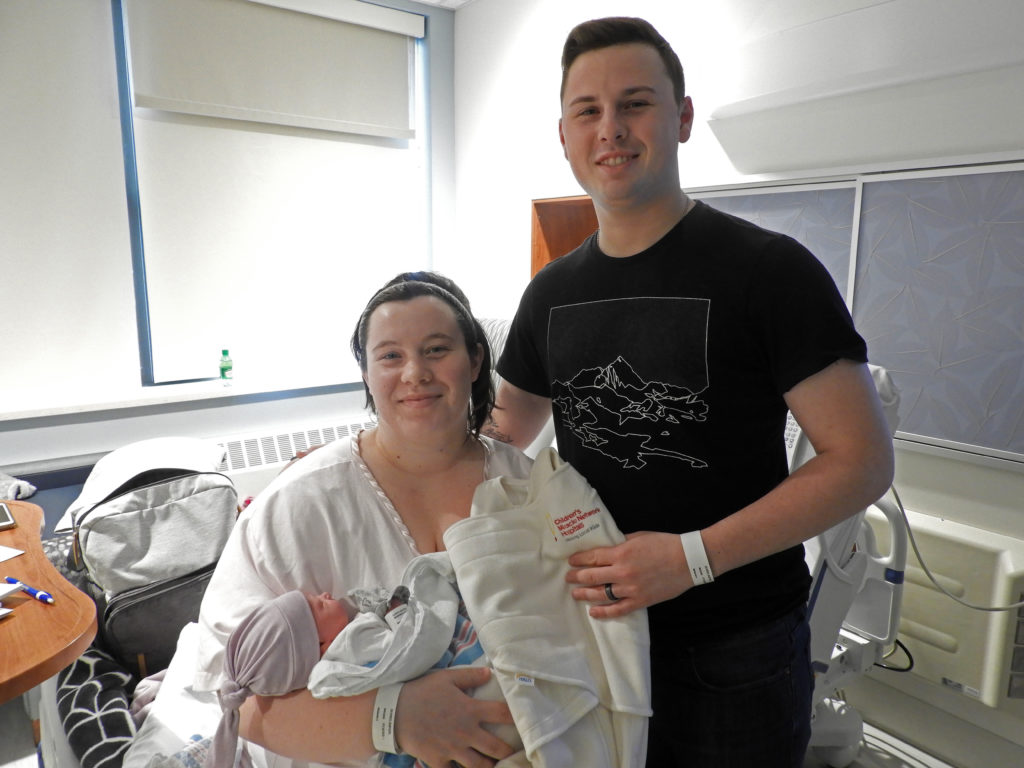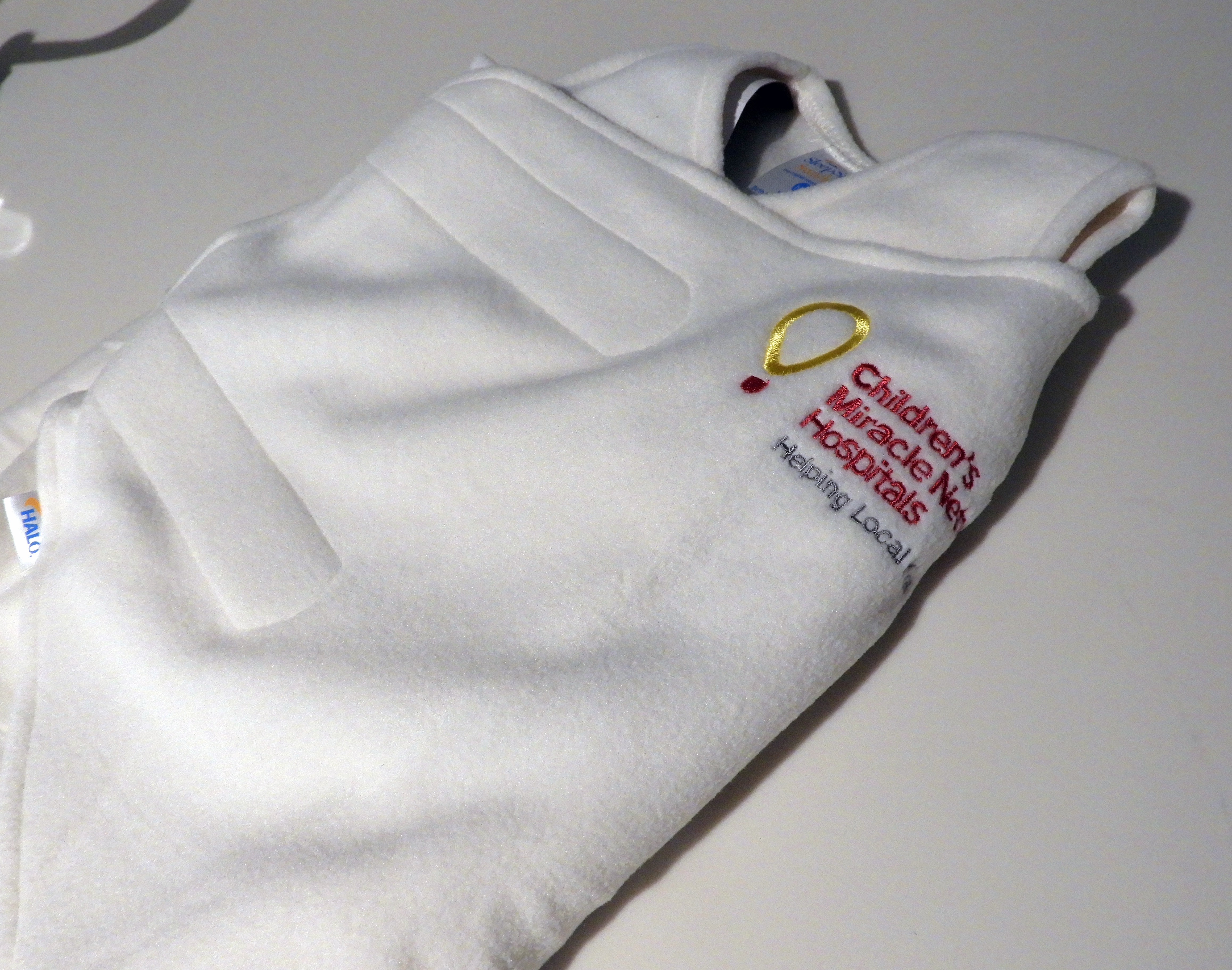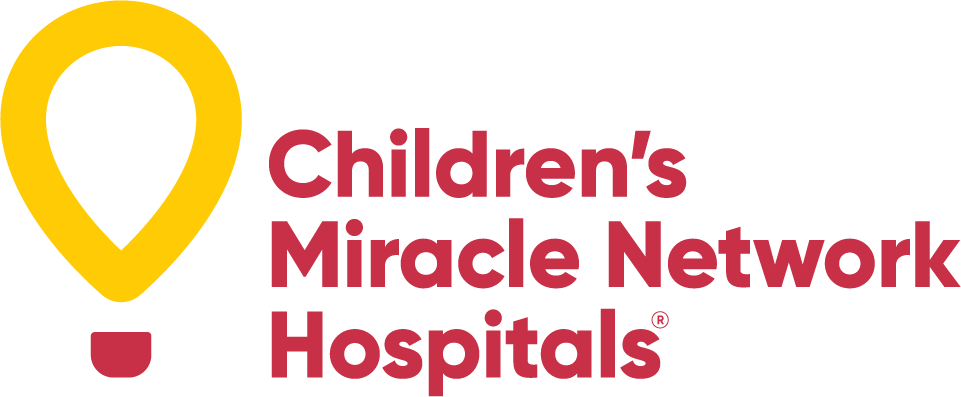Samaritan Medical Center Commits to Safe Sleep for Infants
Published on: January 20, 2020
Samaritan Medical Center is doing its part to ensure safe sleep for all infants. When an infant is born at Samaritan, staff at our Car-Freshner Center for Women and Children will educate and demonstrate to families the importance of safe sleep, what safe sleep looks like, and provide each baby with a safe sleep sack to encourage parents to continue safe sleep practices taught while in the hospital.
These sleep sacks are donated by Children’s Miracle Network (CMN) at Samaritan. This initiative is part of a larger goal to be a certified safe sleep hospital accredited by Cribs for Kids.

“Our children mean the world to us,” said Laurie L. Fegley, Director of Samaritan’s Car-Freshner Center for Women and Children. “There are many things parents – especially new parents – worry about, but we can give them peace of mind by teaching them the safest way to put their baby to sleep. We have a unique opportunity to teach families what safe sleep looks like and to impress upon them the importance of safe sleep in preventing infant deaths. The American Academy of Pediatrics has a new slogan: ‘On their back, every nap, every night.’ The message is simple and can have great impact if we all work towards the same goal of safe sleep, every time.”
The lives of many babies are cut short by unsafe sleeping environments. According to the American Academy of Pediatrics (AAP), more than 3,500 infants in the U.S. die every year while sleeping. Often this is due to sudden infant death syndrome (SIDS) or from accidental suffocation or strangulation.
These deaths are preventable by following a few key recommendations from the AAP. The primary message for parents and others who care for infants is to “Remember the ABCs of Safe Sleep.” There are three critical measures to follow when it’s time for an infant to sleep:
- “A” is for Alone: Always let the baby sleep alone, never in a bed with another person where the baby could be smothered.
- “B” is for on the baby’s Back: An infant should be placed to sleep on his or her back, not on his or her side or stomach.
- “C” is for Crib: Always put your child to sleep in a crib with only a firm mattress and tight-fitting sheet.
“For 30 years, Children’s Miracle Network has been committed to making a difference for children at Samaritan Medical Center and throughout the North Country,” said Kristin LaClair, Director of Children’s Miracle Network at Samaritan. “In 2017, the CMN Allocations Committee approved the purchase of safe sleep sacks to be used in our hospital to promote a safe sleep environment for our newborns and NICU babies. We continue to fund this program annually. Children’s Miracle Network is proud to continue our support for Samaritan’s Safe Sleep initiative by providing every newborn with a take-home sleep sack.”

In addition to the ABCs, families can help reduce the risk of sleep-related death by following these tips:
- Place your baby on a firm sleep surface. Use a safety-approved crib mattress covered with a fitted sheet. Never place a baby to sleep on a pillow, quilt, sheepskin or other soft surface.
- Keep loose objects, soft toys and bedding out of the baby’s sleep area.
- Do not use pillows and blankets in a baby’s sleeping area. Keep all items away from the baby’s face.
- Keep your baby’s crib, bassinet or portable crib in the same room where you sleep for the first 6 months to one year.
- Keep your baby from overheating during the night. A baby should be dressed lightly for sleep. Set the room temperature in a range that is comfortable for a lightly clothed adult.
- Do not use crib bumpers. These have been officially banned in the state of New York. They do not reduce injuries and can cause suffocation.
- Never place your baby to sleep on a sofa, arm chair or couch.
- It’s OK to swaddle your baby, but make sure they are always on their backs. When your baby looks like he or she is starting to roll over, you should stop swaddling.
- Try giving your baby a pacifier at bedtime or nap time; it helps reduce the risk of SIDS.
- Don’t smoke during pregnancy, and don’t expose your baby to secondhand smoke after birth.
- Only bring your baby into your bed to feed or comfort. Place baby back in crib when you’re ready to sleep.
- Breastfeed for at least the first six months of life. Babies who breastfeed have a lower risk of SIDS.
Be sure to discuss these safety tips with all caregivers, including babysitters, childcare providers and grandparents.
When buying sleep aid products:
- There are a lot of products that claim to help reduce the risk of SIDS; use caution when purchasing these products. According to the AAP, wedges, positioners, special mattresses and specialized sleep surfaces have not been shown to reduce the risk of SIDS.
- Parents should not rely on home heart or breathing monitor to reduce SIDS. Talk with your pediatrician before using these.
- Use caution when purchasing bedside or in-bed sleepers. The AAP can’t recommend to use or not use these products since there have been no studies to look at their effect on SIDS or if they increase the risk of injury and death from suffocation.
Commitment to safe sleep for all infants in our community helps save lives. It starts with education for families and community organizations, like Samaritan Medical Center, coming together to help our most precious patients stay safe, by sleeping safe.

